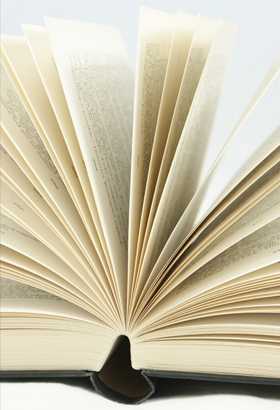
How should we teach maths to the SLD learner? We are good at practising (usually developmental) skills around the table, but how good are we at encouraging children to apply those skills? If we're going to teach our learners skills, we have to be sure they can apply them.
Our teaching should be relevant for pupils but they may need to spend a long time within each area. For some, maintaining their mathematical skill level should be described as progress.
Technically we have to cover:
- Number
- Calculation
- Problem solving
- Shape, space and measure
- Handling data
- Algebra.
These skills can be covered in all of the other areas that we might need to teach in a very (crowded) full SLD curriculum.

Mathematics can be taught more practically, more contextually, more concretely, and with much more motivation if it is taught as part of the process of shopping, or art, or dance, or playing games, or travel training, or cooking, or drama, or any part of life being lived.
Learning mathematical concepts is a different prospect for those with SLD/PMLD/CLDD.
For this group of learners, mathematics is best studied through 'careful and thoughtful adaptation of both the curriculum
and the environment in which it is delivered'
(Longhorn, 2000).
What this means on a practical level is that:
- We must avoid teaching maths in a
shallow fashion; - We must not allow the theory of maths to take precedence and the context to
become secondary;
- Maths might best be taught in exactly the converse situation.
- We might need to ally the context with the process so that deep and meaningful learning takes place.
Imagine you are invoking the situation of a shopping trip to help Anthony learn about about shape, space, and measure. What aspects of the experience might you employ to help him learn?
Anthony needs an awareness of shape, sorting, matching, weight, tesselation, size and quantity. The activities he should cover include:
- Sorting the heavy and light items and different food items and/or packaging.
- How many bags he needs to use to make the task easier. Or does he need to take a bag with him? If so, what type?
- Can he sort the bags out so that he can carry them more easily?
- What might happen if the bag is too heavy? What could he do?
- Use a range of containers – bags (plastic and paper) and boxes?
- What difference does each of these containers make?
- How might he pack each of these containers?
In other words:
- He needs to think strategically;
- Use mathematical knowledge and understanding;
- Respond to problems selecting the practical approach and mathematics that is required by the situation.

Longhorn, F. (2000) Numeracy for Very Special People. London. Catalyst.
QCA (2001) Planning, teaching and assessing the curriculum for pupils with learning difficulties. Mathematics. QCA/01/739.
QCDA (2009) Planning, teaching and assessing the curriculum for pupils with learning difficulties. General guidance. London. QCA.